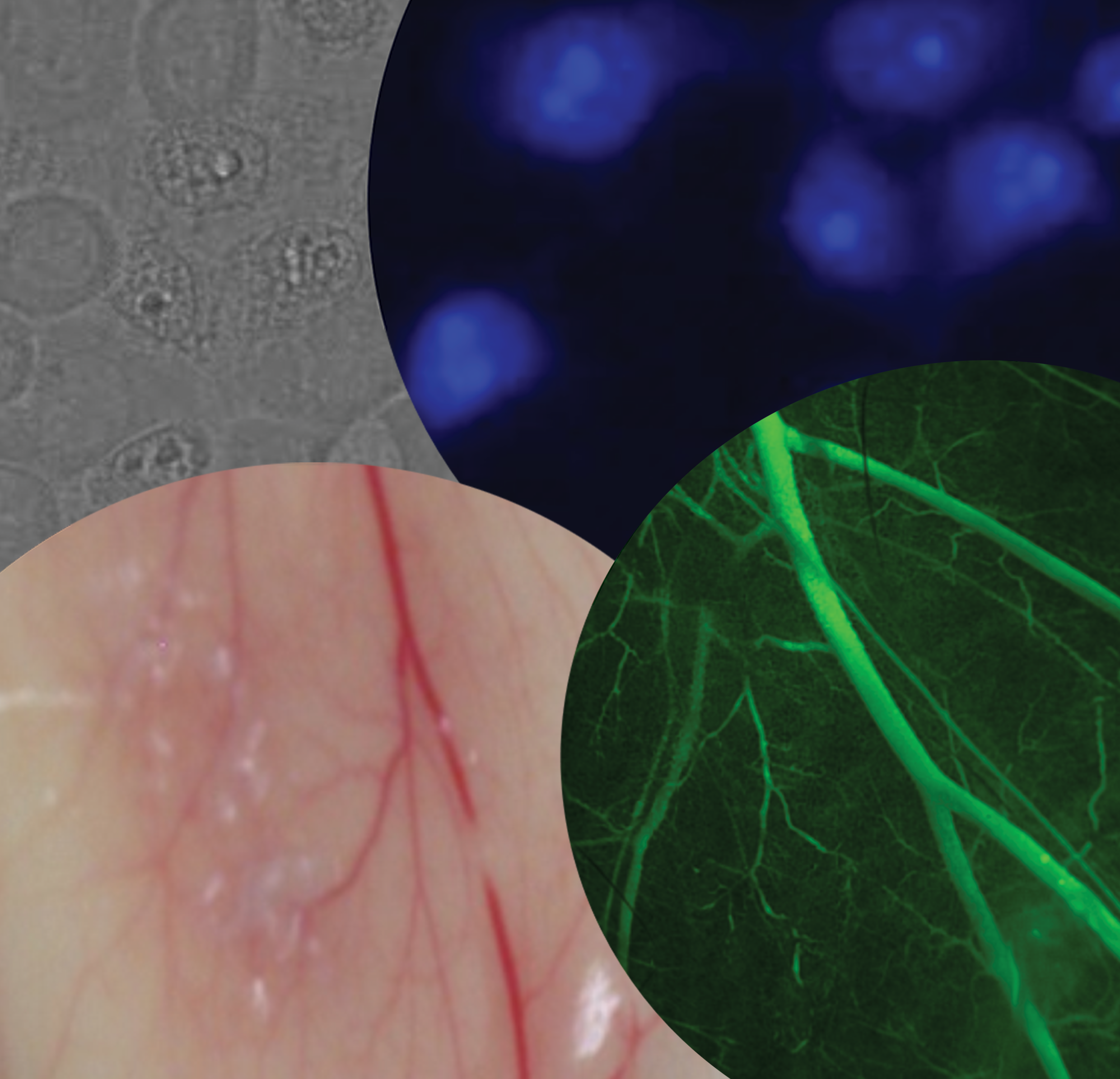Lanthanide-Based Agents for Sensitive and Selective Near-Infrared Imaging of Living Biologicals Systems
Coordinator of the consortium: Dr Svetlana Eliseeva, Molecular Biophysics Center (CBM) / CNRS - FR
Optical imaging is a highly attractive and sensitive technique due to the comparatively modest cost of the equipment and the small amounts of required reagents. The current barrier of the widespread use of this imaging modality lies in the luminescent probes required to obtain an image, especially for in vivo applications. The concept of this project is to design, synthesize, characterize and test new systems possessing unique luminescent and functional properties that are based on metallacrowns incorporating near-infrared (NIR) emitting lanthanide(III) ions.
The long-term goal of this Consortium is to translate fundamental science to pre-clinical and clinical analysis and diagnostic in order to address major problems of our society such as the early-stage detection of cancer or fungal infections and their treatments. On the way to achieve this goal, we have brought together world specialists with complementary expertise in synthetic chemistry (organic and inorganic), physical chemistry, biology, clinical pharmacy, infectious diseases, cancer, advanced spectroscopy, microfluidics, imaging modalities in cells and small animals. The short-term goal of the Consortium is to address existing limitations of optical imaging detection through the creation of a new generation of luminescent imaging agents based on lanthanide(III) metallacrowns and to put together a project targeted for major sources of international funding, i.e. Horizon 2020 (Europe) or international/transversal NIH (USA) programs. The commercialization of such imaging agents in Région Centre on the basis of the created scientific knowledge is targeted as another outcome of this Consortium.







